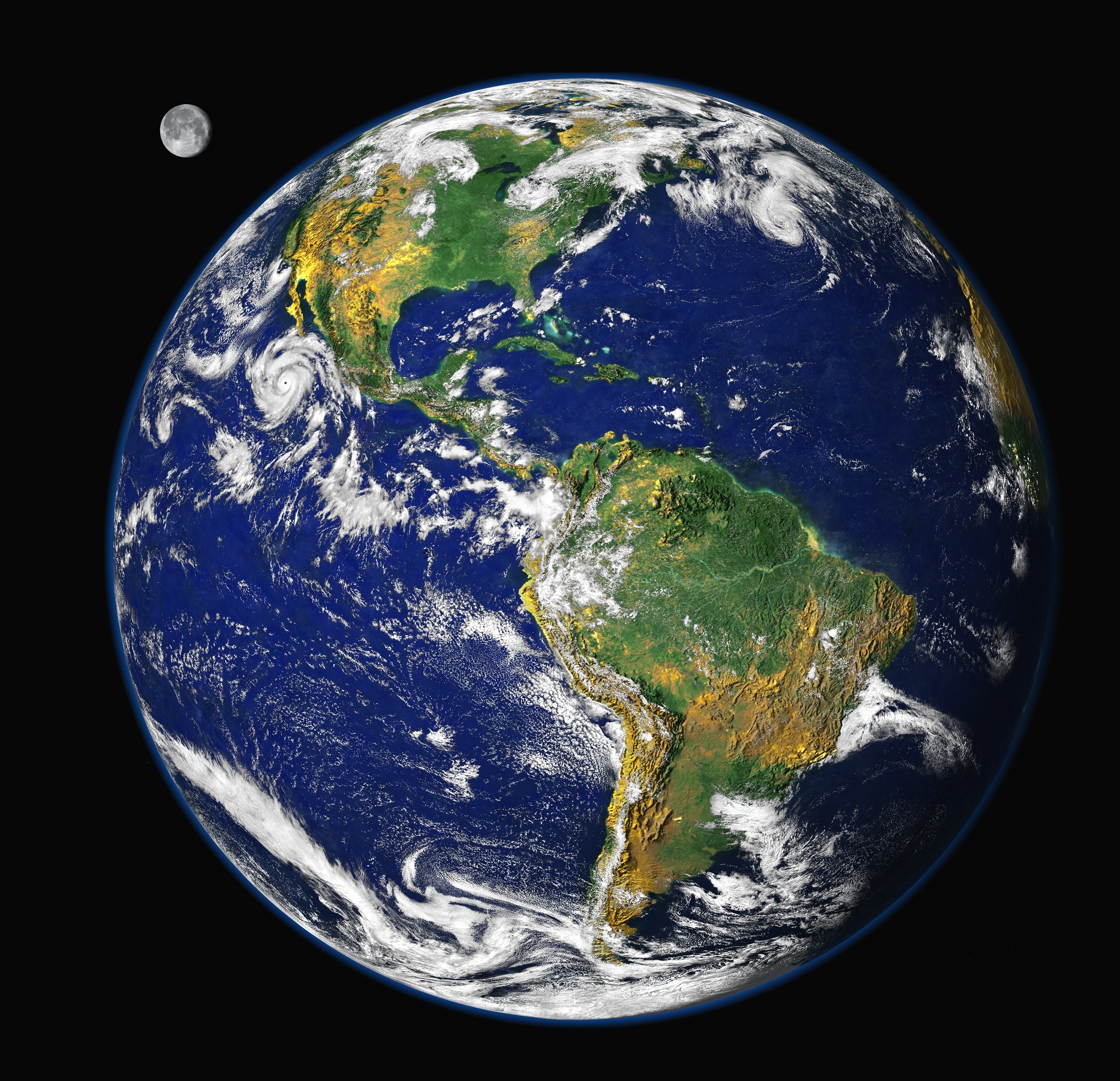Earth, our home planet, is a fascinating and complex world that is rich with life, geological wonders, and stunning landscapes. As the only known planet in the universe that harbors life, Earth has captured the imagination of people for generations. From the vast oceans and towering mountains to the diverse ecosystems and dynamic weather patterns, there is so much to explore and discover on our planet.
In this comprehensive guide, we'll delve deep into the wonders of Earth, exploring everything from its geology and geography to its biology and climate. By the end of this article, you'll have a deeper appreciation for the complexity and beauty of our home planet.
 |
| Earth: A Comprehensive Guide to Our Home Planet |
Geography
Earth is the third planet from the sun and the fifth largest planet in our solar system. It has a diameter of 12,742 kilometers and a circumference of 40,075 kilometers at the equator. Earth is an oblate spheroid, meaning that it is slightly flattened at the poles and bulges at the equator due to its rotation.
The planet is composed of several layers, including the crust, mantle, outer core, and inner core. The crust is the outermost layer and is composed of solid rock that varies in thickness from 5 to 70 kilometers. The mantle is the layer beneath the crust and is much thicker, extending to a depth of 2,890 kilometers. The outer core is a liquid layer that surrounds the inner core, which is solid and has a radius of about 1,220 kilometers.
Earth's surface is covered by 71% water and 29% land, with the largest bodies of water being the Pacific Ocean, Atlantic Ocean, Indian Ocean, and Southern Ocean. The largest continents are Asia, Africa, North America, South America, Antarctica, Europe, and Australia.
Geology
Earth's geology is a testament to the dynamic forces that have shaped our planet over billions of years. The Earth's crust is composed of several tectonic plates that move and interact with each other, creating mountains, volcanoes, and earthquakes. The movement of these plates also affects the distribution of landmasses and the formation of ocean basins.
The Earth's crust is also home to several types of rocks, including igneous, sedimentary, and metamorphic rocks. Igneous rocks are formed from molten magma and can be either intrusive or extrusive. Sedimentary rocks are formed from the accumulation of sediment and can be further divided into clastic, chemical, and organic rocks. Metamorphic rocks are formed from the alteration of existing rocks due to heat, pressure, or chemical changes.
Biology
Earth is home to an incredible variety of life, ranging from microscopic bacteria to towering redwood trees and majestic blue whales. The diversity of life on Earth is due to the planet's unique combination of geology, geography, and climate, as well as the process of evolution.
The study of life on Earth is known as biology, and it encompasses a wide range of disciplines, including genetics, ecology, and evolution. Biologists study everything from the structure and function of cells to the behavior and interactions of entire ecosystems.
Climate
Earth's climate is influenced by several factors, including the planet's distance from the sun, the tilt of its axis, and the composition of its atmosphere. The Earth's atmosphere is composed of several gases, including nitrogen, oxygen, carbon dioxide, and water vapor. These gases help to regulate the planet's temperature by trapping heat and reflecting sunlight.
The Earth's climate is also affected by natural phenomena such as El Niño, La Niña, and the Milankovitch cycles, as well as human activities such as the burning of fossil fuels and deforestation. These factors have contributed to changes in the Earth's climate over time, including global warming and the melting of polar ice caps.
Despite these challenges, scientists and policymakers are working to mitigate the effects of climate change through the development of sustainable technologies and the implementation of policies to reduce carbon emissions and protect natural ecosystems.
Conclusion
Earth is a complex and dynamic planet that is home to a rich variety of life and geological wonders. From its diverse landscapes and ecosystems to its complex climate and geology, there is so much to discover and explore on our home planet.
As we continue to study and learn about Earth, it is important to remember the importance of protecting our planet and its natural resources for future generations. Through sustainable practices and responsible stewardship, we can ensure that Earth remains a vibrant and healthy planet for many years to come.


0 Comments